10 Types of Forces
A force can make things move, stop, or change direction. For example, types of forces include gravity, friction, and magnetism.
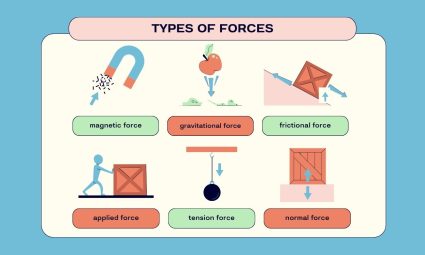
A force can make things move, stop, or change direction. For example, types of forces include gravity, friction, and magnetism.
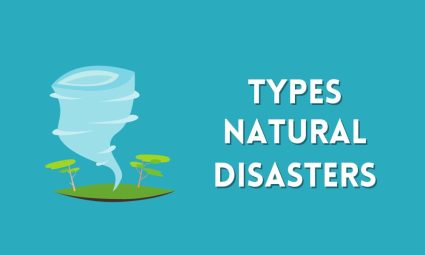
A natural disaster is a sudden and extreme event caused by nature that can cause damage and harm people. Learn the types of natural disasters.
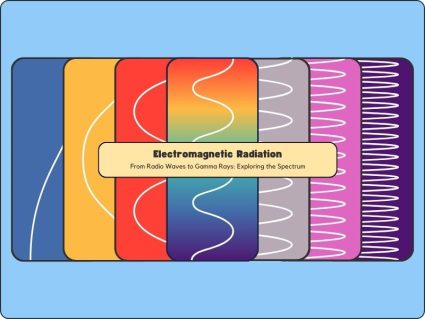
Electromagnetic radiation is invisible waves of energy that travel through space, including visible light, radio waves, microwaves, and more.
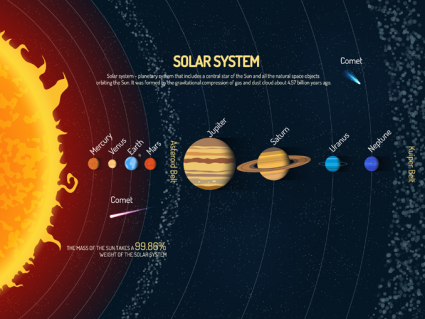
Our solar system is a 4.57 billion years old planetary system that includes a central star and all the natural space objects (planets) orbiting the Sun.

Near Earth Objects (NEO) are debris in space at risk colliding with Earth. Asteroids, comets and meteors pose potential risk to Earth.
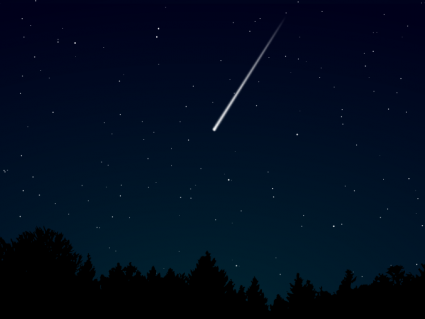
Their difference is location. Meteoroids are up in the sky. Meteors fall to Earth and flash light breaking down in the atmosphere. Meteorites are on Earth.

Asteroids are odd-shaped rocks made of metal and other elements. There are about 100,000 known asteroids mostly in the asteroid belt between Mars & Jupiter.
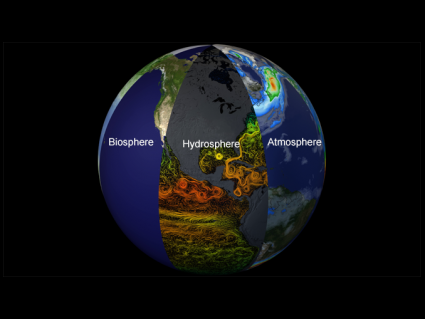
How many spheres of Earth exist on Earth? If you count them all, you would get about 17 of them. This is the definitive guide to all 17 spheres of Earth.

Today, you’re going to disover a whole list of Earth like planets. Like Kepler 62, Gliese-581c and Proxima Centauri b. These are Earth’s Doppelgängers.
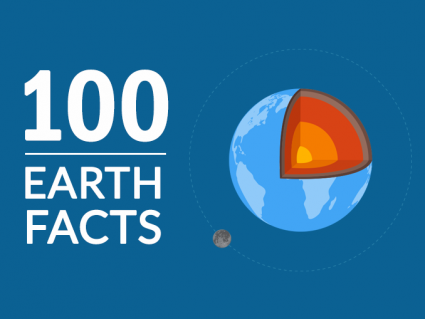
Earth needs no introduction. From its origin to its inevitable future, the story of Earth is greatest story ever told. Get started with this list of 100 Earth facts.
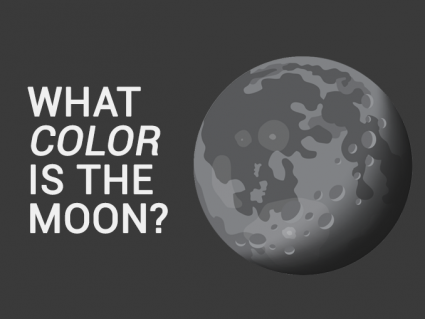
The color of the moon is mostly grey. And the lunar maria are dark grey. The 4 most dominant rocks are: mare basalts, breccia, anorthosite and regolith.
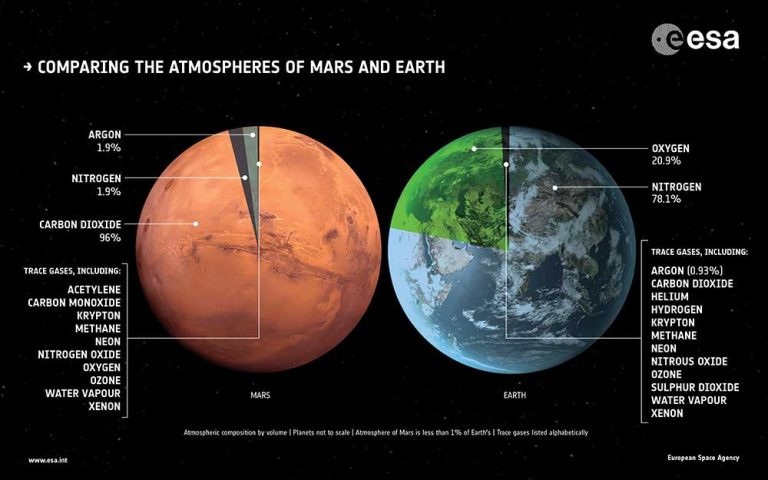
Carbon dioxide dominates Mars atmosphere. But Earth is rich in nitrogen and oxygen. Mars has a much thinner atmosphere. In fact, Earth is 100x denser.
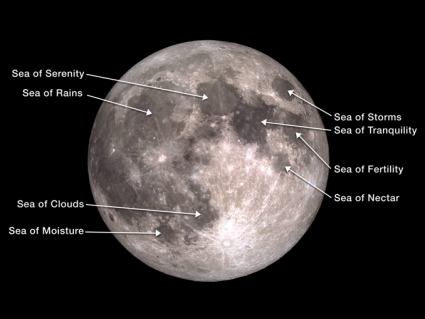
The dark areas on the moon are lunar maria which in Latin means “seas”. They’re called maria because early scientists believed they could see oceans there.
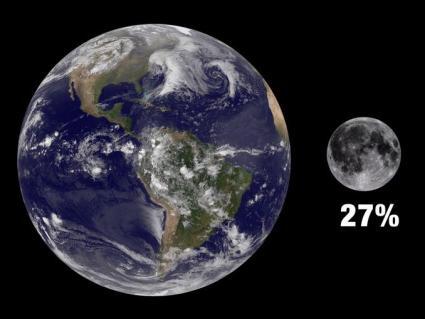
How big is the moon? It’s about 1/4 (27%) the size in diameter of Earth. Alternatively, you can think of the moon being about as wide as the United States.
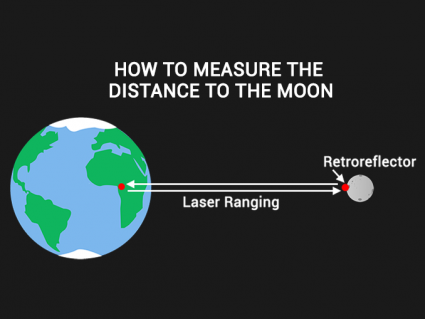
How do we measure the distance between the Earth and the Moon? Astronomers use parallax, lunar eclipses, radar and laser ranging to measure lunar distance.